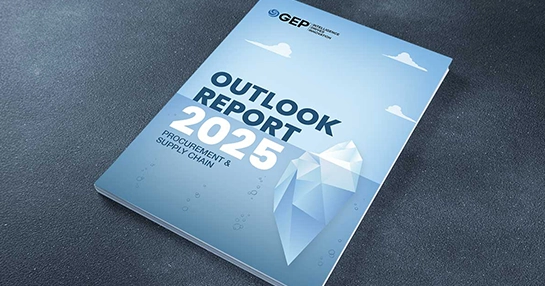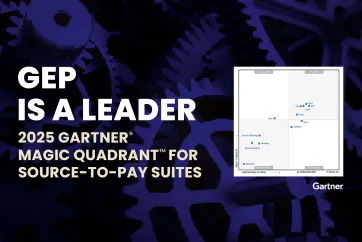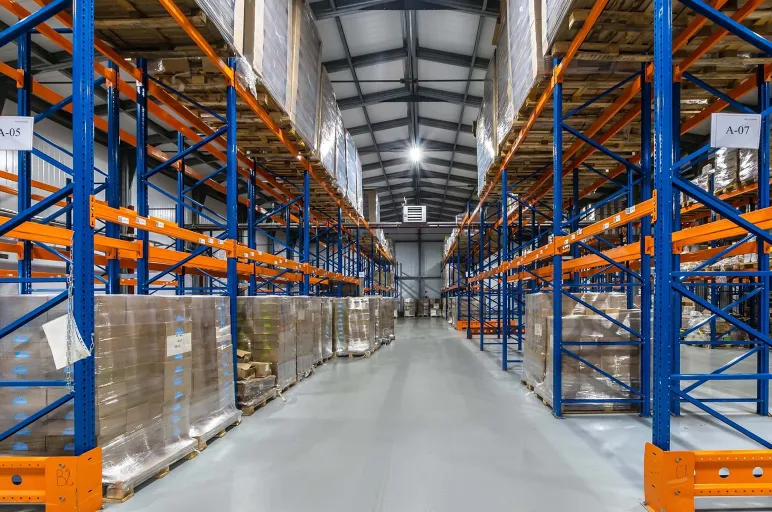Tariff Impact on Mexican Companies: Scenario-Based Response Strategies
New U.S. tariffs are disrupting Mexican exports across key sectors, including automotive, agri-food and electronics. Nearly half of Mexico’s exports to the U.S. — over $233 billion — are now exposed to tariff impact due to non-compliance with USMCA rules of origin.
This timely bulletin outlines tailored actions to mitigate risk, stabilize operations and capture new growth.
What’s Inside:











